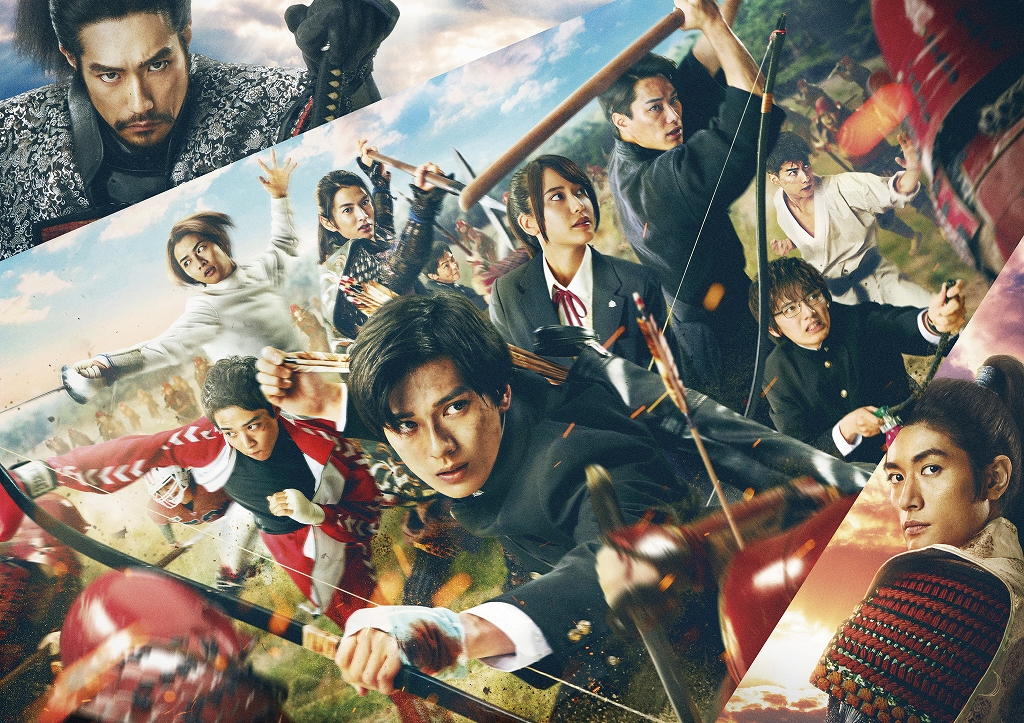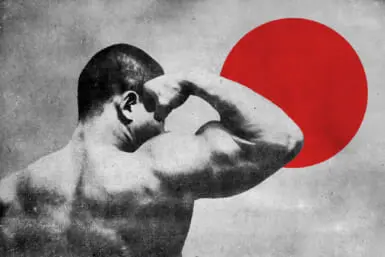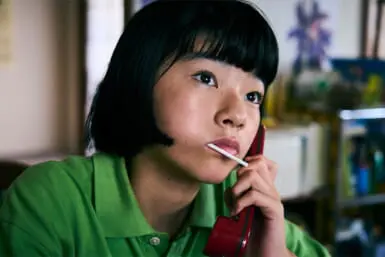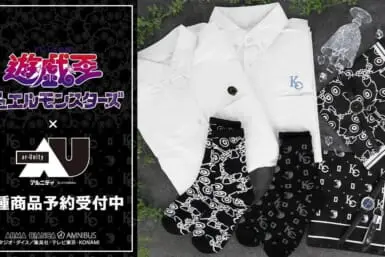There is a poem about the Japanese warlord Oda Nobunaga (1534 – 1582) where he is asked what he’d do about a cuckoo that won’t sing, and his answer is that he’d kill it.
The (Literal) Demonization of Nobunaga in Fiction
Now, it’s certain that this story never happened because no one had time during Japan’s civil war period to run around asking feudal lords about their bird-training techniques. But it illustrates how history tends to look at Oda Nobunaga: a fearsome, bloodthirsty figure, unlike Toyotomi Hideyoshi and Tokugawa Ieyasu, who completed his conquest of Japan and whose answers to the same cuckoo question were “Make it” and “Wait.” That probably explains why they now enjoy less psychotic portrayals in Japanese culture than Nobunaga who is still widely known as “The Demon King.”

Courtesy of Cream Productions
That is the angle that the new Netflix series Age of Samurai went with, focusing on all the atrocities committed by Nobunaga. Anime, manga, and video games, on the other hand, tend to take the “Demon King” thing even further and more literally. That’s why, in the Samurai Deeper Kyo comic and animated series, Nobunaga exists as a demonic soul that takes over people’s bodies so that he can live forever and conquer the world. He was also reborn as a literal demon in the 1989 anime Yotoden, the Inindo: Way of the Ninja game, and many other releases by Koei Tecmo Games.
3 Lessons from Japans most famous feudal ruler
Oda Nobunaga
// Thread // pic.twitter.com/vyLWpjs6w5
— Takezo – Sword Of Clarity (@takezopure) March 22, 2021
Was Oda Nobunaga Really the Demon King?
History shows that Oda Nobunaga did terrible deeds. The evilest one still talked about is true: Nobunaga attacked the Enryaku-ji temple complex on Mt. Hiei, killing 20,000 monks and peasants in the process. Another time, after his trusted retainer Araki Murashige was accused of siding with Nobunaga’s enemies, Nobunaga crucified 122 ladies of his household. In 1574, he trapped a confederation of his enemies and their families in forts at Nakae and Yanagashima, and set them on fire, burning 20,000 people alive.
These are all facts, and they’re terrifying, but was this out of the ordinary for the Sengoku (Warring States) period? Takeda Shingen, one of Nobunaga’s greatest enemies, also burned castles with families inside. Uesugi Kenshin, another Nobunaga rival, was personally responsible for the destruction and slaughter of more than one town. None of them are called “Demon Kings” nowadays, though. That’s probably because Nobunaga killed the “wrong” people.
Nobunaga had nothing against Buddhism. After he defeated Imagawa Yoshimoto, he had 1,000 Buddhis sutras read in his memory. But because he went on to fight and slaughter the monks of Mt. Hiei, it was like he was killing the very religion of Japan. It didn’t matter that the monks were a powerful organization trying to grab political power for themselves. It was still bad optics.
第六幕 MEN OF DESTINY
始まりました!オープニング聞いて誰もいない祝日の会社でノリノリです!#drifters pic.twitter.com/4PS5QyvEyZ
— アニメDRIFTERS(ドリフターズ) (@DriftersAnime) December 23, 2016
The Trend of Trying to Reform Nobunaga’s Image
What all this boils down to is that Nobunaga was a complicated figure. He did kickstart the unification of Japan, and he may have been extreme in his methods, but everyone back then was slaughtering the innocents. Nobunaga was just really good at it. As a result, various media have tried to find a balance between “historical hero” and “literal demon” in their depiction of Nobunaga, which has resulted in a super weird subgenre of Japanese historical fiction.
There are now many stories out there where Nobunaga isn’t really Nobunaga, having been replaced by a lookalike or an imposter, or where he’s secretly mind-controlled. For example, he’s being manipulated from the shadows in the aforementioned Yotoden. Then you have the Nobunaga Concerto franchise which tells the story of a time-traveling high-schooler who looks just like Nobunaga and switches places with him. Nobunaga has also been replaced by a person from the future in the awesome movie Samurai Commando: Mission 1549 about a Japan Ground Self-Defense Force traveling to the Sengoku period.
The entire idea can probably be traced back to Kagemusha by Akira Kurosawa. It was one of the first big movies featuring Oda Nobunaga, and its plot focused on a body double used by the Sengoku-period warlord Takeda Shingen.

©2021 “Brave: Gunjyo Senki” Production Committee ©Masaki Kasahara / Shueisha
Fantasy Stories Like “Brave: Gunjyo Senki” Tend to Be the Most Fair and Balanced
For whatever reason, it’s the stories about people traveling to the past or to other worlds that give you a more nuanced representation of Nobunaga. A Chef of Nobunaga gave us insights into the warlord’s softer, more cultural side. Drifters gave us a Nobunaga that was a bold and cunning strategist and great marksman (historically accurate, as the real Nobunaga practiced with an arquebus every day when he was younger.) But it’s the new film Brave: Gunjyo Senki that is especially interesting.
Premiering on March 12, 2021, this film by Katsuyuki Motohiro is about a group of high-school athletes being transported to the Sengoku period. Oda Nobunaga, played by Kenichi Matsuyama, plays a very small role in it, but even in that short time, the movie does the character justice with its dark setting. Although the trailer for the film makes it look like a screwball comedy, it’s actually quite brutal to properly convey the idea that the Sengoku period was an awful time to live in, and to establish Nobunaga as a regular human who’s simply trying to take control of the chaos. This way, the movie doesn’t excuse Oda Nobunaga’s violence, but rather puts it in the proper context.

©2021 “Brave: Gunjyo Senki” Production Committee ©Masaki Kasahara / Shueisha
For a faithful non-fantasy portrayal of Nobunaga, check out Nobunaga: King of Zipangu, and for its exact opposite, there is always Oda Cinnamon Nobunaga where Nobunaga is reincarnated as a grumpy Shiba dog. The one thing you can never say about the portrayals of Oda Nobunaga in fiction is that they don’t offer variety.
Read more about Oda Nobunaga in popular fiction:
What Age of Samurai Didn’t Tell You About Oda Nobunaga
‘Age of Samurai: Battle for Japan’ Sets the Story Straight For The Japanese Warriors of the Past









